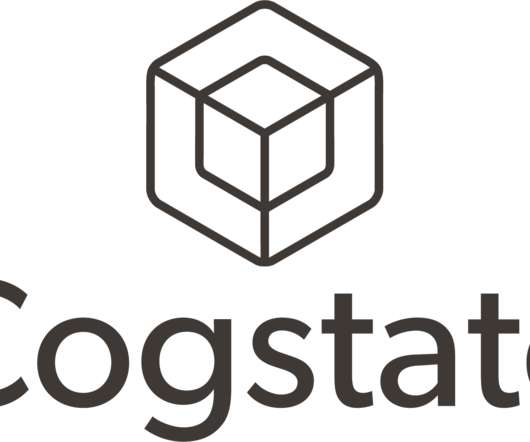Discovery of MicroRNA Genetic Regulation Leads American Scientists to Win 2024 Nobel Prize
XTalks
OCTOBER 8, 2024
The 2024 Nobel Prize in Physiology or Medicine has been awarded to American scientists Victor Ambros and Gary Ruvkun for their groundbreaking discovery of microRNA (or miRNA) and its role in post-transcriptional gene regulation. A gene contains instructions within our DNA.













Let's personalize your content